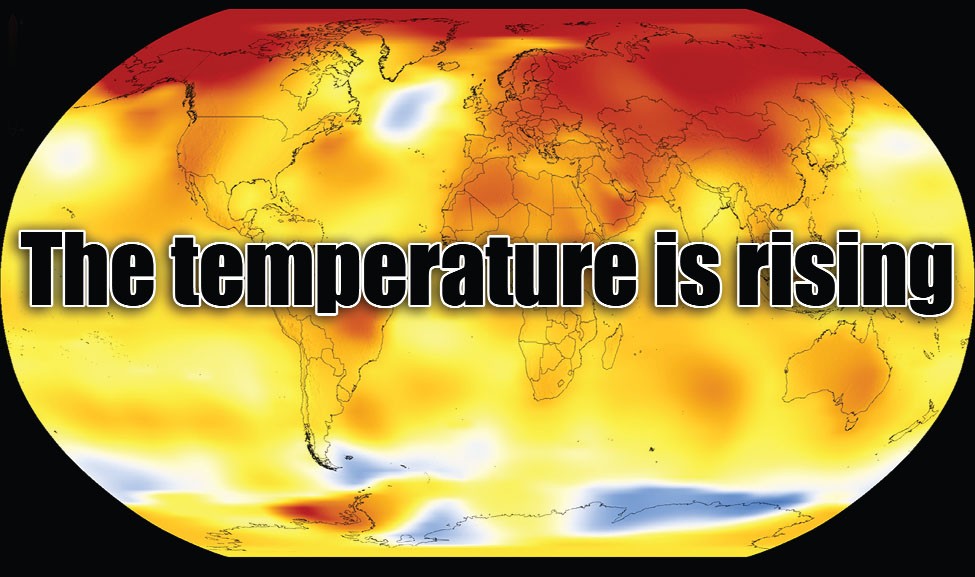
What are the manifestations of climate change and how are we going to deal with them in our part of the world?

Are we aware of the extent of climate change that is happening around us? Have we ever thought about why earth’s average global temperature is rising? Yes and no. Yes, if we read and listen about it in papers, on tv and on social media. No, if we still think it is a subject most suited for conferences and workshops. But the real stakeholders are those who are already going through the sudden and abrupt changes in weather patterns; take flash floods in rural areas and heatwave in a mega city like Karachi for instance -- the common people are actually living through the effects of climate change. The question is if we are ready to take measures that minimise its devastating toll on rural and urban populations alike?
Where does Pakistan stand in terms of preparedness to deal with climate’s various manifestations, one of them being rising temperature? How has our agriculture been affected, for example? Farmers in some areas have changed their crops from cotton to pulses.
A disturbed monsoon cycle has compelled farmers in districts of Thatha, Umerkot and Tharparker to grow sunflower instead of other crops. Keep in mind that, according to the Ministry of Planning, Development, and Reforms, agriculture in Pakistan contributes 21percent to the gross domestic product (GDP), employs 45 percent of the total workforce and contributes about 60 percent to exports.
Also read: The temperature is rising
What about urban areas? As Adil Najam puts it in the interview, "badly planned cities can turn into concrete and asphalt ovens, especially for their poorest and most vulnerable inhabitants." But he also points out that cities are also an opportunity for planning that favours life. Because cities that are planned well can also deal with rising temperatures and various other shocks that climate change offers.
This special report focuses on rising temperature.